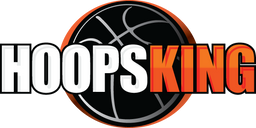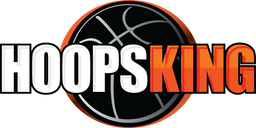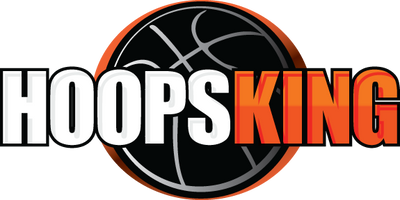Especially in young basketball athletes, a solid stretching routine is often neglected. Stretching helps to prepare the body for play and minimizes the risk of injury. Post-play stretching will also help to negate soreness and speed muscle recovery. The sport of basketball is never played in a straight line. Instead, it requires the athlete to be able to stop and go with ease and quickly change directions. This requires that the body be especially mobile, agile, and flexible. Here are three of the most important areas of the body for young basketball athletes to stretch prior to and after activity.
Legs
The power of basketball comes from the legs. Not only do they get you up and down the court, but the legs are also needed to get off shots and leap toward the basket. Calf stretches are important to protect the shin and are used for explosive jumping for layups and dunks. Stretching the hamstring is critical to deliver the proper function of the back of the leg. This will help you to run, jump, and move with better agility. Using resistance bands to stretch your hamstrings can be particularly helpful in helping you to accomplish this. While you are stretching your legs, you should also be sure to stretch the Achilles tendon.
Hips
A good stretching routine that focuses on the hips will open this area of the body and engage all of the muscles that you use in basketball. The performance will be negatively affected if the hips are too tight and locked up. Focusing on hip mobility will allow you to explode down the court with a full range of motion. According to Athletico, your hip flexors are what help you drive your leg up when making a layup in basketball. When stretching the hips prior to practice or games, the movements should be dynamic with short hold times. In contrast, post-activity stretches should be held for a longer amount of time.
Back
Teenagers are notorious for having bad posture. According to Chirp, poor posture bends the thoracic spine in the opposite direction of its natural curve. As the upper back is forced to curve outward due to poor habits, the rest of the body doesn’t receive the amount of support and mobility it needs to handle the physical stresses of physical activity. Making an effort to properly stretch the back will improve the spine rotation and allow for quicker movements. This will allow for more explosive movements to the basket and the ability to change direction quickly and with ease. Even something as simple as laying on your back and bringing your knees to your chest in a tuck position will help to stretch the back and open up the entire body.
It is tempting for young basketball athletes to just step out onto the court and begin shooting. However, taking the time to properly stretch the body will yield maximum results in all areas of the game. In addition to stretching the back, legs, and hips, it is also important to stretch the arms, shoulders, and groin. Basketball is a full-body sport and should be treated as such. Neglecting to stretch these critical areas could possibly lead to injury and negate performance.




